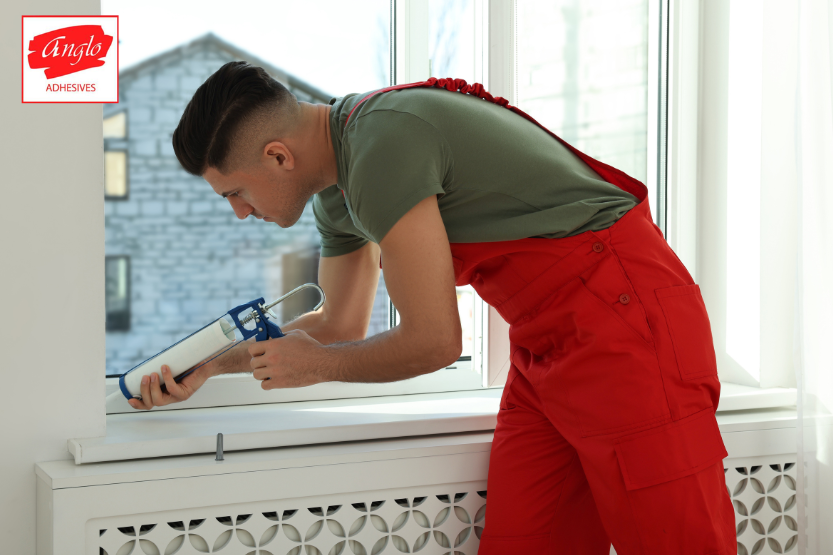Blog
Designing Strong Joints and Reliable Adhesive Joints
Adhesive joints silently hold our world together. Hence, these seemingly simple bonds play a vital role in countless applications, but their strength and reliability lie not just in the glue itself but in a carefully orchestrated dance between materials, adhesives, and design.
Material Matters: Finding the Perfect Match
The first step in designing strong adhesive joints is understanding the adherends and the materials being bonded. Different materials have different surface properties, affecting how well they bond with adhesives. Thus, roughening surfaces with sanding or grit blasting increases the contact area, providing a better “grip” for the adhesive. Additionally, ensuring compatibility between the adhesive and the adherends is crucial. Imagine trying to mix oil and water; incompatible combinations simply won’t form a lasting bond.
The Right Tool for the Job: Choosing the Right Adhesive
Not all adhesives are created equal. Each type has its own unique strengths, weaknesses, and ideal applications. Acrylic adhesives are highly versatile across many industries, from construction and manufacturing to crafting and everyday repairs. Cyanoacrylates, commonly known as super glues, offer rapid bonding for smaller repairs but may not withstand harsh environments. And so, selecting the right adhesive based on the materials, desired strength, and expected conditions is essential for building reliable adhesive joints.
Beyond the Glue: The Power of Design
Joint design plays a crucial role in optimising the strength and performance of adhesive joints. Shear stress, where forces act parallel to the bond line, is generally preferable to peel stress, where forces try to pry the joint apart. Indeed, designing joints with large overlap areas and minimising peel forces helps distribute stress more evenly, preventing premature failure. Additionally, incorporating features like joggles or dovetails can further enhance joint strength by converting peel stress into shear stress.
Environmental Considerations: Building for the Real World
The story doesn’t end with choosing the right materials and adhesive. Temperature, humidity, and exposure to chemicals can all impact the strength and longevity of adhesive joints. Selecting an adhesive designed to withstand the anticipated environmental conditions ensures its performance over time. Imagine bonding outdoor furniture with an adhesive meant for indoor use; exposure to rain and sun would quickly weaken the joint.
By meticulously considering these factors and optimising each element, engineers and designers, with the assistance of Anglo Adhesives, can craft remarkably robust and dependable adhesive joints. From commonplace items to state-of-the-art technology, these imperceptible bonds, facilitated by Anglo Adhesives’ expertise, profoundly influence the fabric of our world. Hence, when you admire the durability of a bonded bridge or the elegant aesthetics of a smartphone, acknowledge the meticulous design and scientific ingenuity underpinning every triumphantly bonded joint, thanks in part to Anglo Adhesives.
